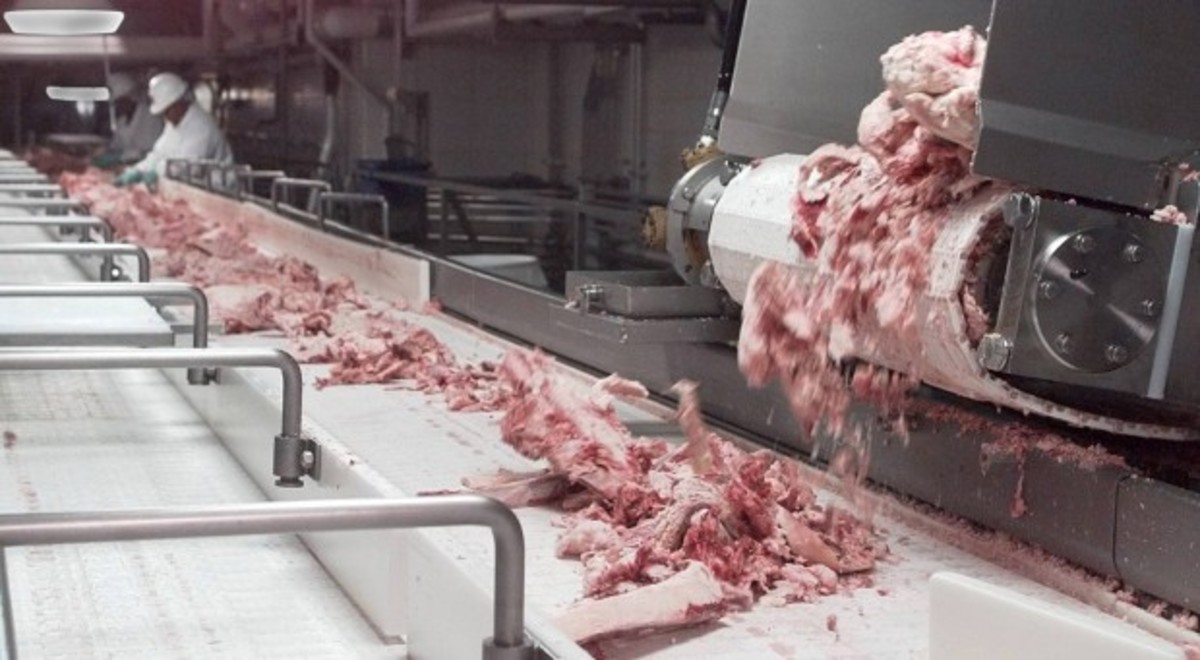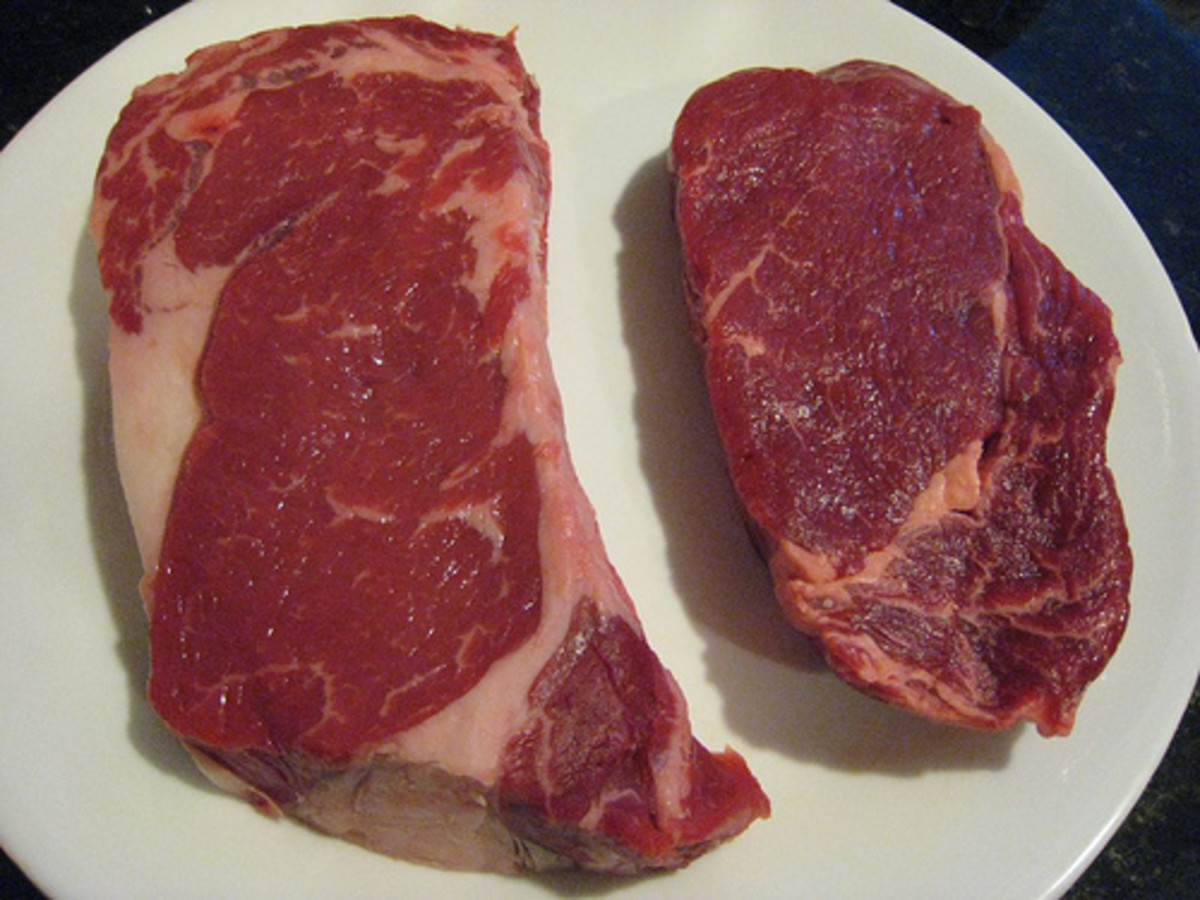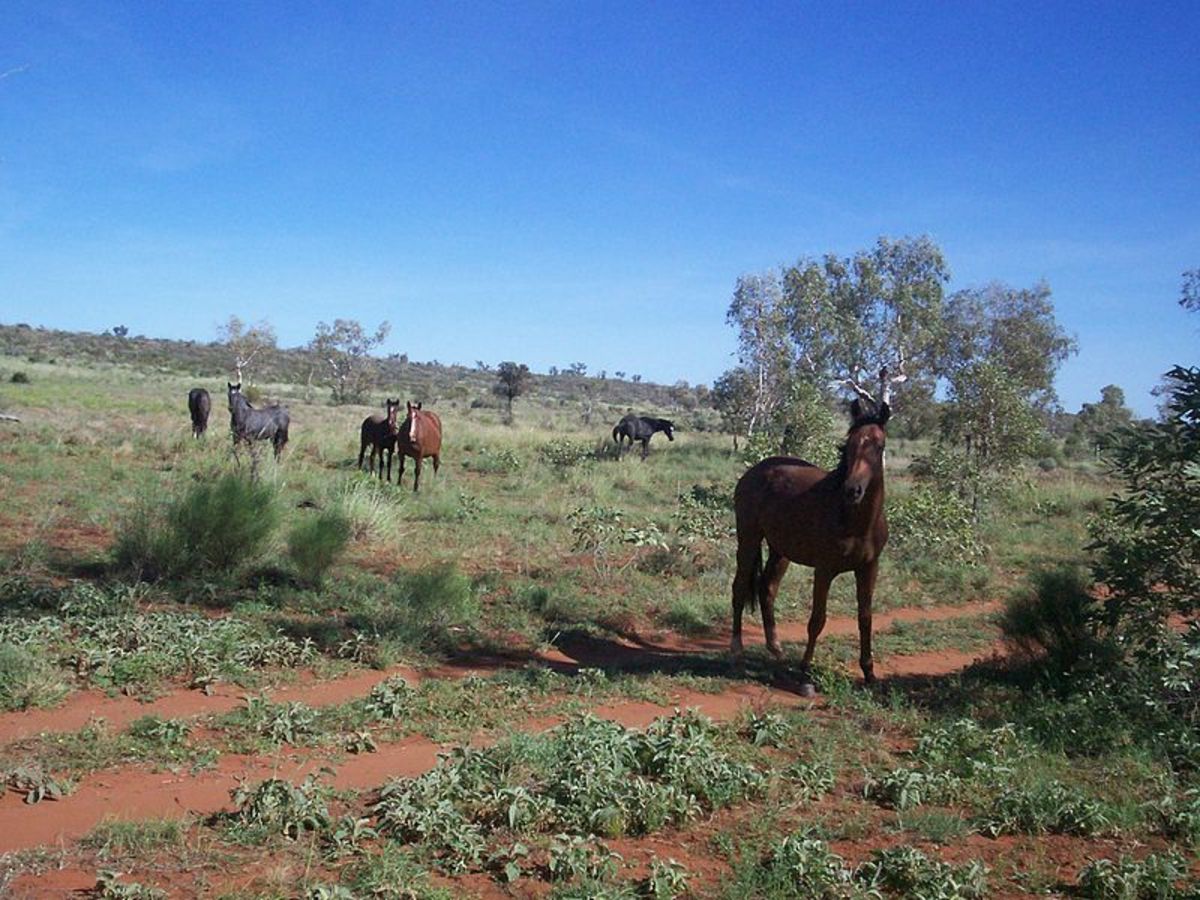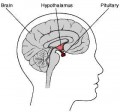Major Australian Retailer Bans Growth Hormones in Beef
The major Australian supermarket chain, Coles, has announced that it will no longer sell beef that contains growth hormones. This announcement has sent shock-waves through the meat industry and re-activated the raging world-wide debate about the health affects of hormones in beef. Hormone-treated meat, makes up about half of all beef sold in Australia and many consumers fear that this decision will cause prices to rise, especially if the other major retailer, Woolworths, follows suit.
Australian beef cattle farmers have been able to use hormone growth promotants (HGPs) to boost muscle growth in cattle since 1979, backed by safety approval from health authorities. HGPs were banned by the European Union in 1988.
HGPs are a group of veterinary drugs that mimic the hormones that influence cattle growth that:
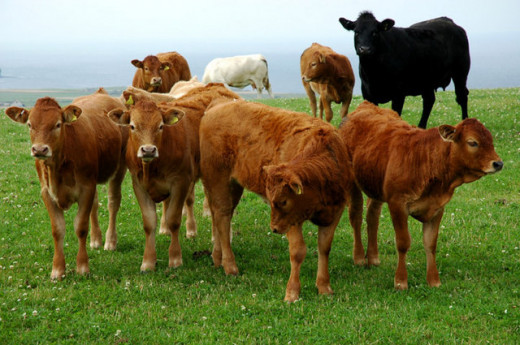
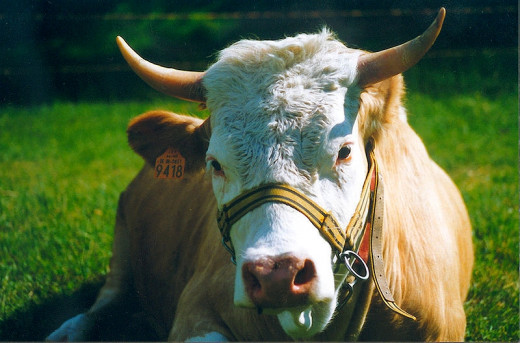
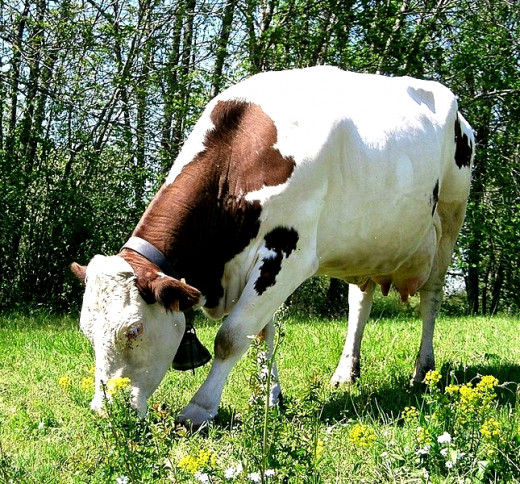
Hormone Growth Promotants (HGPs)
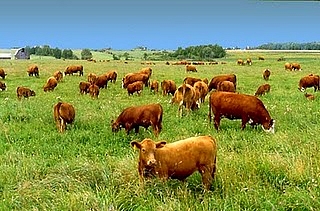
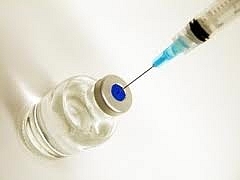
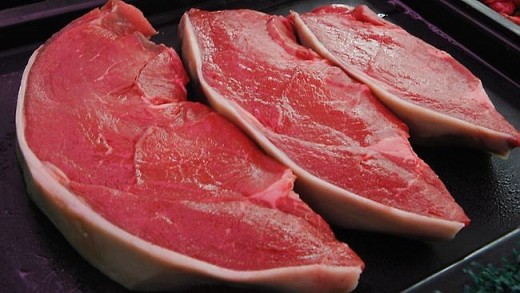
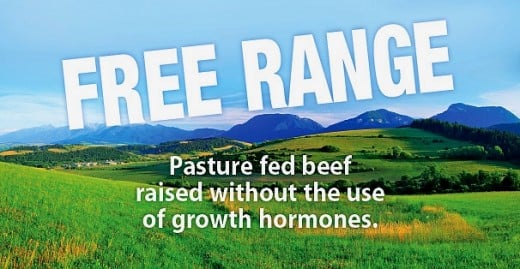
HGPs are a group of veterinary drugs that mimic the hormones that influence cattle growth that:
- improve the rate of food conversion in cattle,
- may be natural or synthetic,
- are implanted by means of a pellet under the skin of the ear
Female hormones such as oestradiol and progesterone, or male hormones like testosterone and trenbolone acetate, or a combination of both, are among the more favoured inclusions.
Although HGPs are broadly used all through Australia and most of the world, the European Union (EU) has enforced a strict ban on HGPs since 1988. Since then, all beef and beef products to be exported to the EU and other HGP sensitive markets should only be sourced from beef cattle that have not received HGP treatment at any time in their lives.
The ban is very strictly applied.
Because of this Australia has had to apply a scheme of identification that ensures that beef goods exported to the EU and other HGP restricted markets are HGP free. At the same the identification scheme permits beef cattle producers to use HGPs on animals destined for local and other markets.
Regardless of the strong scientific backing for the safety of HGPs, a leaked review of 1000 persons by Meat and Livestock Australia, described by a Brisbane newspaper, The Sunday Mail, found that nearly half those interviewed asserted that they would eat less beef if it had added hormones, while 16 percent would "never touch beef again" and 15 percent would furthermore "actively warn others of the hormone use".
Coles has started sourcing HGP-free beef from the cattle producers in Australia, so as to provide its customers with a product they want.
It is obviously a marketing ploy in its on-going battle with rival supermarket chain, Woolworths, that supplies HGP-free beef through its Macro Wholefoods range but has not announces any plans to extend that policy to its general supermarket shelves.
Cattle producers claim that HGPs increase cattle growth rates by up to 30 per cent. HGPs are widely used in Queensland, than in Victoria or NSW, but are banned in Tasmania.
John Thompson a research from the University of New England, stated that there were a number of ways in which the meat grown with HGP was inferior. He contends that HGPs makes meat tougher, but the effect is not the same in all muscles. The muscles that cycle their protein faster and muscles that age faster in carcass after death, are the ones that are most affected by HGP reducing tenderness.
Meat and Livestock Australia claimed that food safety is not an issue with HGP use, and that the tenderness of beef grown with HGPs can be improved through hanging the carcass. Other research also shows HGP-free beef is more tender than meat grown with hormone additives.
Industry experts now fear a flow-on-effect from Coles' ban as other retailers are driven by consumers fall into line, driving the price of the meat higher because hormone-free meat costs more to produce.
CSIRO livestock industry chief Alan Bell said HGPs were a safe and effective way to improve beef production, and said the Coles campaign would probably cause a price hike, despite the supermarket's promise to absorb costs. He stated that there is really no logic to these concerns about hormones.
The problem is that the word 'hormone' is an emotive one. Australian Cattle Council chief David Inall agreed, saying the "no hormones" marketing campaign needlessly frightened customers. He stated that all beef in Australia, whether it's sold here or exported, is excellent quality and completely safe. He believed farmers should have access to all technology, so long as it's underpinned by science. HGPs have been approved at every level.
--------------------------------------------------------------------------------
Fact Update - Meat and Livestock Australia
Hormone growth promotants (HGPs) help farmers increase the productivity of certain types of cattle, and provide consumers with safe and wholesome beef using fewer resources. They help reduce the cost of production and improve the affordability of beef for consumers.
What exactly are HGPs? HGPs are supplements of hormones that naturally occur in all cattle - oestrogen, progesterone and testosterone. They come in the form of small implants placed under the skin on the back of the ear, slowly releasing a low dose of hormones over the course of an animal's life.
How widely are HGPs used? HGPs have been used in the Australian beef industry for over 30 years. About 40 per cent of Australian cattle are raised using HGPs. Approximately two-thirds of Australian beef is exported overseas.
What are the hormone levels in beef from cattle given HGPs? What are the hormone levels in beef from cattle given HGPs? There is negligible difference in the hormone levels found in beef from cattle that have been given HGPs compared to cattle that have not.
Are HGPs safe? The level of natural hormones found in beef from cattle given HGPs is much lower than for many common foods such as cabbage, soybean oil and eggs, for example one egg contains about the same level of oestrogen as 77kg of beef from cattle raised with HGPs. Because HGPs are supplements of naturally occurring hormones, they are safe for human consumption. A 2003 report by the Australian Department of Health and Ageing (Therapeutic Good Administration) has declared that 'there is unlikely to be any appreciable health risk to consumers from eating meat from cattle that have been treated with HGPs according to Good Veterinary Practice'.
The use of HGPs in Australia is approved and regulated by the Australian Pesticides and Veterinary Medicines Authority (APVMA), which provides assurance that they are safe for consumers and not harmful to animals.
Do HGPs alter the quality of beef? There are many factors that affect the quality of beef and it is difficult to quantify the exact influence of any one of them taken in isolation. Some of these factors include the breed of the cattle, their age, the fat content, the way the beef is processed and, of course, the cut and the way it is cooked. Research into eating quality has found that HGPs can have a small impact on several cuts - namely sirloin and scotch fillet. However, this effect can be managed by the use of simple techniques like ageing beef a little longer and different methods of hanging the carcase. The Australian beef industry has utilised these techniques for many years to further improve the eating quality of Australian beef.
Why are they used? HGPs improve the growth rate of cattle and help them convert feed to meat more efficiently. Being able to produce more beef from less feed means farmers can increase their productivity, lessen their impact on the environment and reduce their greenhouse gas emissions. The Australian beef industry produces about 2.3 million tonnes of beef a year. If HGPs were not used, the Australian cattle herd would need to increase by an estimated seven per cent or more than 2 million head to produce the same amount of beef. That would mean having to use more resources such as water and feed, and a higher cost of production.
Are HGPs used internationally? HGPs are currently registered for use in many countries including Australia, New Zealand, the USA, Canada, South Africa and Japan. However, the European Union (EU) has banned their use and the import of products from cattle given HGPs since 1998. The EU position is contrary to overall international scientific opinion. Reviews and evaluations by leading world health authorities such as the World Health Organisation (WHO) and Australia's Department of Health and Ageing have found no evidence to support the ban. In 1998 the World Trade Organisation found the EU's ban was not supported by science and was inconsistent with its WTO obligations.
-----------------------------------------------------------------------------
Fact Update - The US and EU Beef Hormone Dispute
The United States and the European Union (EU) have committed in a long-standing and occasionally bitter trade dispute over the EU’s decision to block the import of hormone-treated meat. Despite an ongoing sequence of proceedings and intervention by the World Trade Organization (WTO), there is on-going disagreement between the EU and United States on a variety of legal and procedural matters, as well as the technical evidence and general agreement about the safety of hormone-treated beef. So far (December 2010), the EU has continued the ban on hormone-treated beef.
Starting in 1981, the EU applied restriction on livestock output limiting the use of natural hormones to therapeutic reasons, banning the use of synthetic hormones, and prohibiting trades of animals and beef from animals that have been treated with the hormones. In 1989, the EU fully applied its ban on importing of beef and beef goods from animals treated with growth promotants. Initially the ban applied to six HGPs that are accepted for use in the United States. The EU changed its restrictions in 2003, applying a permanent ban on estradiol-beta, while applying a provisional ban on the use of the five other hormones.
The United States responded by suspending trade concessions with the European Union and imposed higher import tariffs on EU products. On several occasions the United States and the EU have attempted to find a solution to this dispute with the help of settlement panels, WTO dispute consultations, arbitration proceedings, and formal appeals. Following each of these reviews, the EU restated its position that there are possible risks to human health associated with hormone-treated meat, given the available scientific data. The EU claims it has fully complied with all its WTO obligations and has threatened the United States for maintaining its prohibitive import tariffs on EU products. The United States claims there is a clear worldwide scientific opinion and studies supporting the safety of HGP treated meat. In October 2008, the WTO issued a ruling which permitted the United States to continue its trade sanctions, but allowing the EU to maintain its ban, effectively allowing the dispute to continue.
© janderson99-HubPages
© 2010 Dr. John Anderson




